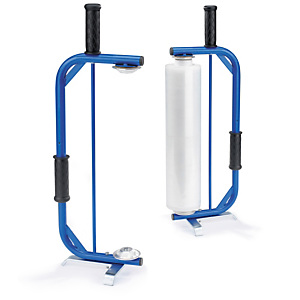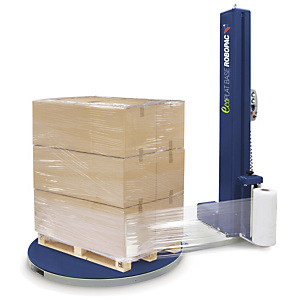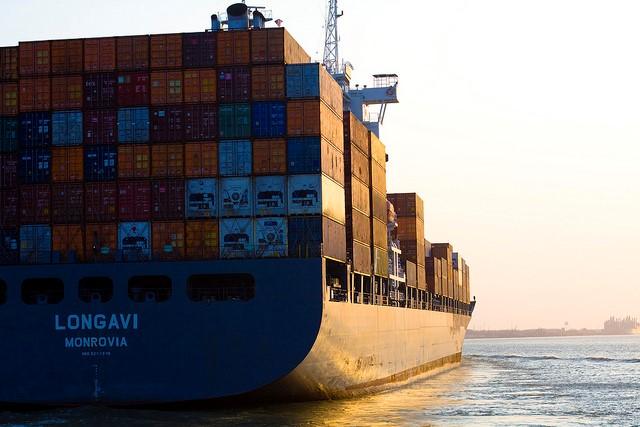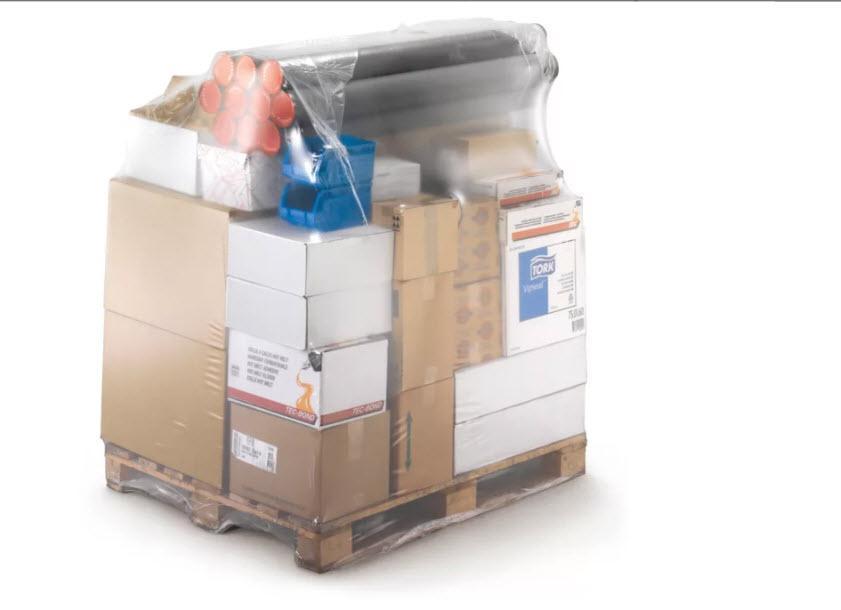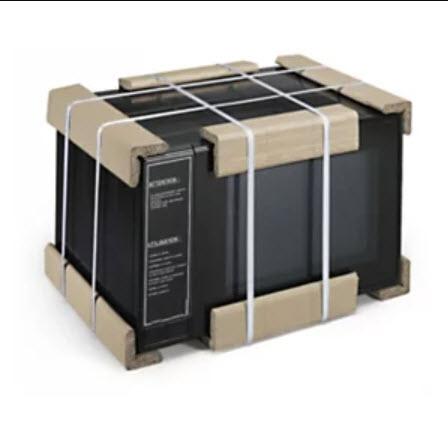In this day and age, businesses work relentlessly to comply with Health and Safety regulations and care for the wellbeing of their employees, striving to better the safety measures and practices within the workplace. Yet, are there some areas that are still being overlooked?
One of the most common places within business, for Health and Safety-related injuries or risks is the warehouse. Many warehouse health and safety issues are the result of the mishandling of dangerous and heavy goods. The importance of ensuring best practice is obvious when facing such hazards, and one of those practices is the strapping and wrapping of goods. But how do we know if our products are being secured correctly?
Sadly, we do not often find out if we are vulnerable to unstable loads until it is too late. It is not uncommon to see products collapsed in road traffic incidents, and bad practices can leave businesses facing fines if they have not taken the correct precautions. It is widely known that very few operations check load stability or performance of their stretch film and procedures.
Ensure you know how to load a pallet correctly for warehouse safety
Not only does failing to load a pallet correctly cause your goods to suffer potential damage and cause rifts in customer relationships, but it can also be a huge health and safety concern. Here are some basics to consider on how to load a pallet for shipping and transportation in the safest possible way:
- Always check the weight: When loading your pallet, make sure you check the holding weight of the pallet and that your product does not exceed this.
- Heavy boxes first: When arranging the pallet, try to place heavy items on the bottom to create a firmer base to hold the boxes on top, as well as to stop your lower items from getting crushed. If you are having issues with boxes being crushed, please do get in touch.
- The brick method: Whenever you can, it pays to lay boxes in a similar way to how you’d lay bricks, e.g. have them facing opposite directions, or rotating boxes with each layer, while still ensuring the shapes lock into each other. This method will help to stop them moving around.
- Avoid overhang: Another important thing to remember is that, whilst it helps to even out weight distribution by placing boxes up to the edge of the pallet, having them hang over can cause real issues so avoid it where possible and ask us to conduct an audit if it is unavoidable.
- Strap it properly: There are many different types of strapping, including steel, nylon and polyester. Choose the best material for the strength needs of your product and consider the likes of corner and edge protectors for those goods that need the extra support. Again, this can be supported by us if you are unsure.
What are pallet covers used for?
You may want to use a pallet cover to protect your product from dust, dirt or moisture while in transit or storage. If you’re not sure which of our protective covers are best for your products, simply speak to one of our packaging specialists.
How to stretch wrap a pallet by hand
Wrapping pallets by hand is an extremely common practice, however it comes with serious health and safety risks, some of which include;
- Poor body mechanics putting unnecessary strain on the lower back, shoulders, hands and wrists.
- Poor awareness of surroundings as film is applied walking backwards around the pallet.
- Minor injuries on hands and knuckles due to contact being made with the ground.
- Minor injuries to fingers from holding the core of the roll.
- Risk of unstable pallets due to inconsistently applied film or incorrect film being used.
RAJA can offer some advice in this area to reduce the risk and strain on staff. If you must stretch wrap pallets by hand, use a specifically designed hand tool such as a ergonomic handheld stretch film dispenser. Provide protective gloves, ensure staff are using all appropriate PPE and rotate staff to ensure any strain is shared and that staff are not subjected to continuous exposure of these risks.
When to use a stretch wrap machine
If you are wrapping several pallets a day, it may be worth considering whether a pallet wrapping machine would be the right solution for your business. A stretch film machine would ultimately take the strain off staff members and considerably reduce any risks, as well as ensure your pallets are being wrapped to a high standard every time. Wrapping pallets by machine can also be much more cost and time effective for your business.
But there can still be risks with using machine stretch film. One of which is ensuring you are using the correct film for your pallets and that your machine is set up and being used correctly. RAJA offer a free-of-charge audit to assess what film you should be using, as well as offering advice on new innovative machines.
In 2018, new legislation was passed called the “Roadworthiness Package”, which detailed the legal requirement to ensure loads are secured and stable enough to withstand transit conditions. The FTA have advised that this may be added to roadside checks on vehicle load securing. We would therefore advise businesses to undertake regular audits to ensure the safety of your own staff as well as other road users. Whilst this is not compulsory for businesses, it has been compared to the necessity of having your car serviced and is strongly advised throughout the industry.
Please call us on 0800 542 44 28 to book in your FREE stretch wrap Audit today.















